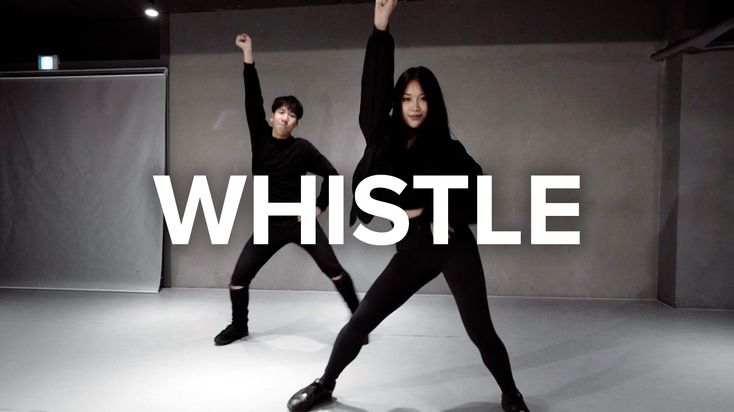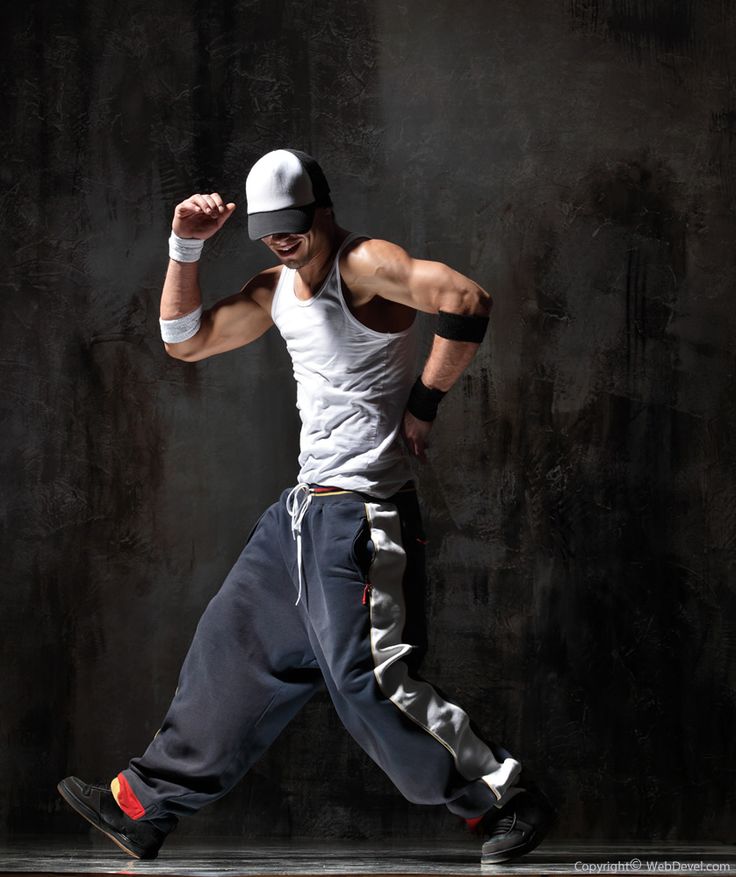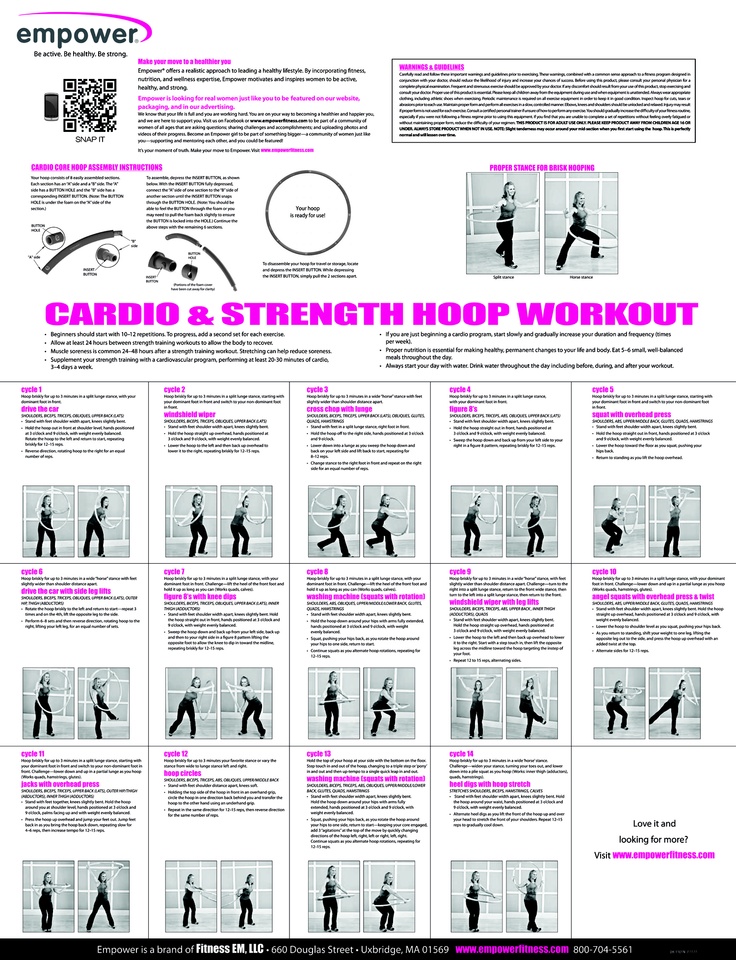How to make fancy shawl dance regalia
Making a Dance Shawl - Native American
The Dance Shawl is an integral piece of regalia for all female dancers. Women’s Traditional is the oldest style of women’s dance. Also called Straight or Buckskin, it includes leather, wool, and cotton dresses, such as the Cherokee Tear Dress. In this dance, the shawl is draped over the arm, with the fringe swaying gracefully. The Fancy Shawl dance is a more recent dance style, originating within the Northern Tribes, along the borders of Canada and the United States. It is often referred to as Northern Shawl. In this physically demanding dance, the shawl is worn over the shoulders, with arms extended. The shawl is like the wings of a bird, with the decorative fringe, its feathers.
When not in full regalia, it is proper to wear a shawl while dancing. Most arena directors will require this, but there are social dances in which shawls are not needed. For many gatherings, not having full regalia is not an issue. With a dance shawl, you will be welcomed to join intertribal dances at many events, and they are simple to make.
Starting with cloth selection, a gabardine or other polyester, reversible fabric is a good choice. It doesn’t fray easily and has a smooth sway and bounce. It’s also washable and not too heavy or hot. To determine the length (yardage) needed, measure from the base of your fingers on one hand, across the shoulders to the same spot on your other hand. Add at least 2 inches for hem. When placed over your shoulders, the finished shawl should be comfortably grasped with your hands at your waist and elbows bent slightly. Too short will not work, but longer shawls can be draped over the wrists. If in doubt, add a few inches. The fabric should be wide enough to extend from your neck down to the top of your legs. A 45 inch wide fabric will work, doubled for a young girl, or cut down for a ladies shawl. A 60 inch wide fabric is most commonly used for women, and is worn folded in half.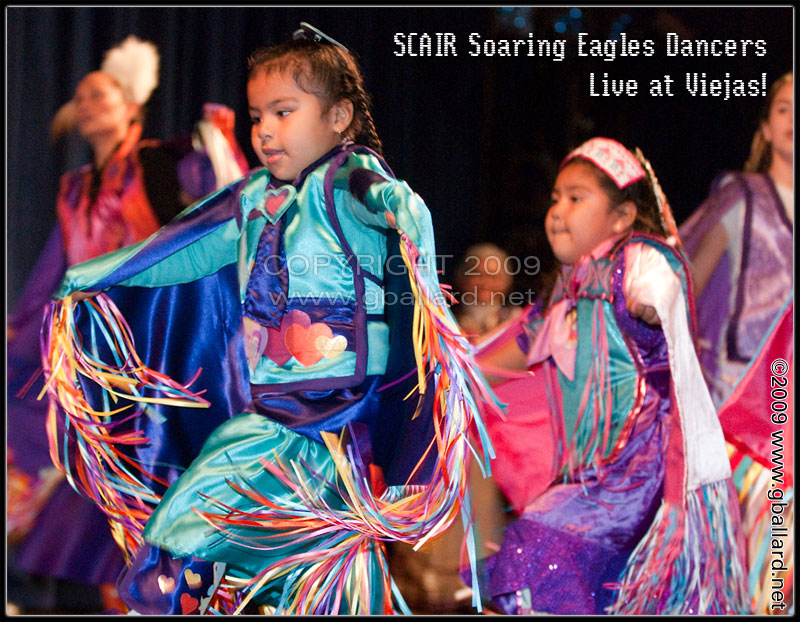
Before cutting and sewing, consider how the shawl will be worn. Many ladies start their regalia with a shawl and wear it over the shoulders until their outfit is complete. Then it is worn over the arm when in full regalia. Also consider the weight of the fabric. Using a 60 inch wide fabric that’s folded, may be too heavy and hot. Shawls can also be lined to cover stitches of appliqués and ribbon work on the front, or to provide additional warmth.
For an un-lined shawl, fold the edges twice for a hem less than an inch wide. Corners can be rounded or folded for a sharp angle. The hem can be hand or machine sewn. Now the shawl is ready to adorn with ribbon, appliqués, embroidery, beads, sequins, or fabric paint. It can be as simple as a one ribbon trim, or as elaborate as a quilted Sioux star, or a hand-painted masterpiece. In planning your decorations, keep in mind how they will look with the shawl on your shoulders, or folded across your arm. The colorfastness and durability of adornments should also be considered. Prewash each fabric attachment in salt water to set dyes and prevent staining. Leave at least one inch of the outer edges free for the fringe.
Prewash each fabric attachment in salt water to set dyes and prevent staining. Leave at least one inch of the outer edges free for the fringe.
Fringe displays the gracefulness in your dance steps and gives life to your shawl. It should be long and full for maximum sway and bounce, but should not touch the ground. Spool chainette is considered traditional, and spacing is important. If it’s too far apart, your shawl will look “bald,” and if it’s too close, you’ll be adding a pound or two. The additional weight and closely placed holes may tear the fabric. Depending upon the type of fringe used, spacing of ¼ to ¾ inches is standard. Experiment with a fabric scrap to determine what is pleasing to you. The space can be approximated or precisely marked with a sewing pencil, or other disappearing ink product. The marks should be even and above the hem.
There are several methods of attaching fringe. The needle method works best with lighter fabrics and single or double strand fringe.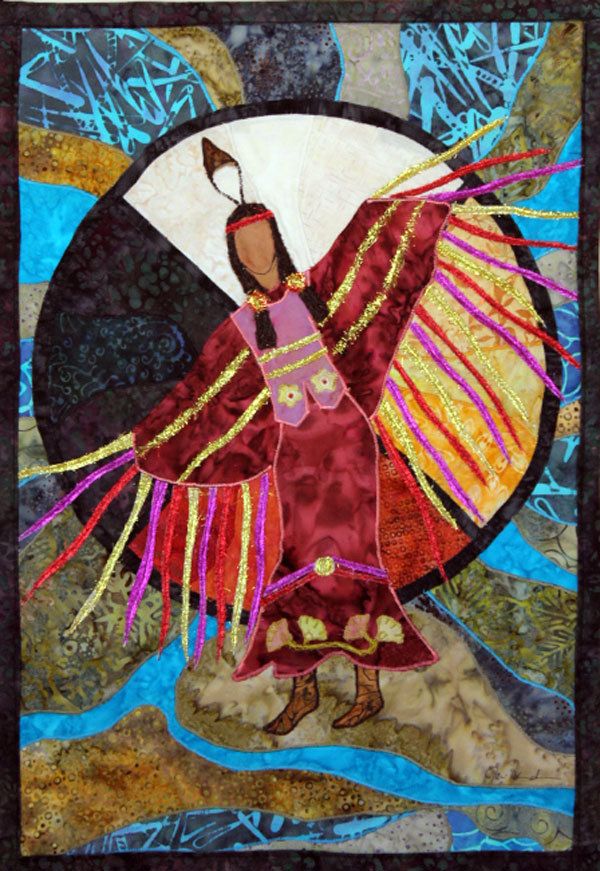 Thread the fringe and push through the fabric. Even up the ends and then knot the fringe close to the fabric edge. When knotting, be careful not to bunch up the hem, so the portion of fringe above the knot is flat with the fabric. A quality fringing needle is recommended, as others dull quickly.
Thread the fringe and push through the fabric. Even up the ends and then knot the fringe close to the fabric edge. When knotting, be careful not to bunch up the hem, so the portion of fringe above the knot is flat with the fabric. A quality fringing needle is recommended, as others dull quickly.
The awl and hook method uses a sharp awl to punch holes, and a small pointed crochet hook to pull the fringe through. This method is quicker. Sections can be marked, punched, and then fringed. Some fabrics will close up after the hole is punched. Depending upon fabric, a small slit can be cut with a thin blade knife. A wooden cutting board under the fabric is most helpful.
Although unconventional, I have used the precision leather punch available at Crazy Crow. It has 5 hole sizes, and was much easier on my hands. However, with a conical head, the holes do close up. Attaching a pre-fab fringe would be quicker and easier than these methods, but it is expensive, and considered a short-cut in poor taste.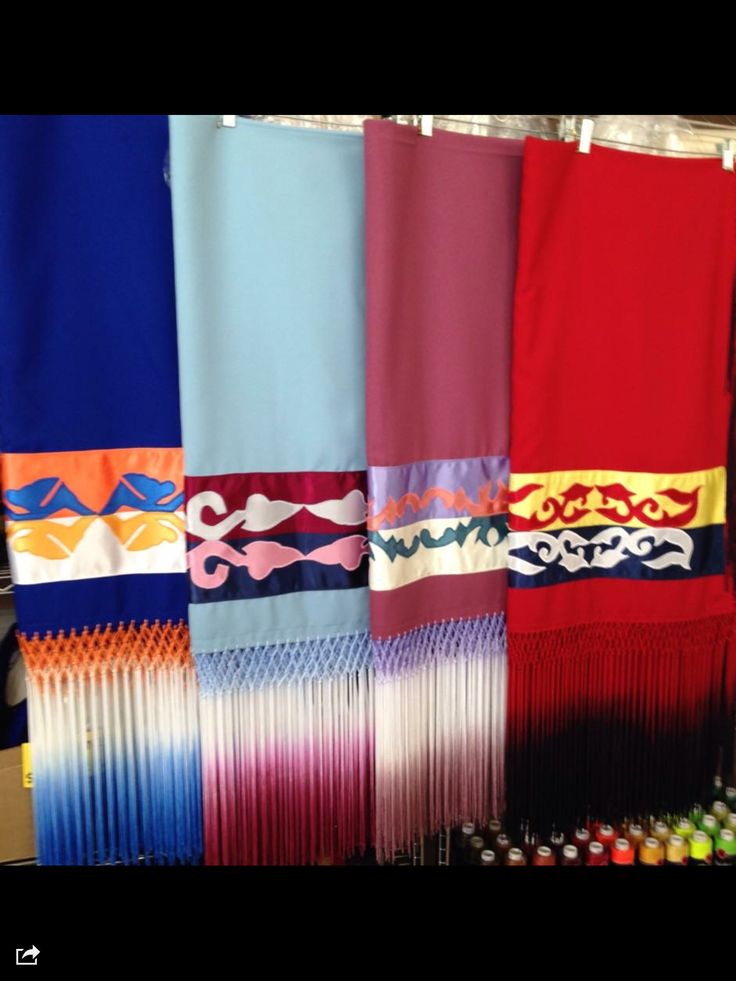 Thin satin ribbon is an accepted fringe option. Strips can be cut and sewn next to each other for full coverage. They can also be pulled through the fabric and knotted. For a lively fancy shawl dancer, satin ribbon is a lighter and sturdier fringe.
Thin satin ribbon is an accepted fringe option. Strips can be cut and sewn next to each other for full coverage. They can also be pulled through the fabric and knotted. For a lively fancy shawl dancer, satin ribbon is a lighter and sturdier fringe.
With chainette or satin ribbon fringe, fraying is an issue to be addressed. Some use clear fingernail polish on each strand, but this needs to be reapplied after washing. There are products which permanently seal the ends from pulling and fraying. Experimentation with scraps is advised. I would not recommend knotting the ends. This inhibits the important sway of the fringe. Fringed shawls should always be hand washed and air dried.
The dance shawl is a piece of regalia to be creative with. Use your imagination and let your personality show through your designs and adornment. But most importantly, be proud of your creation and enjoy it while dancing to the Drum.
Content copyright © 2022 by Jane Winkler. All rights reserved.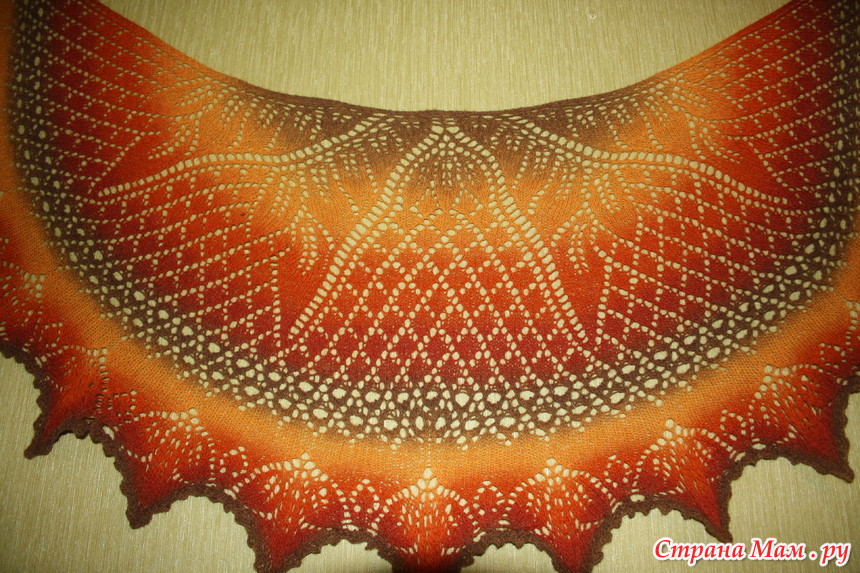
This content was written by Jane Winkler. If you wish to use this content in any manner, you need written permission. Contact
Jacqueline Olivia Pina
for details.
How to Make a Fancy Dance Shawl
SUE MCCARTY
29 SEP 2017
CLASS
... dmbaker/iStock/Getty Images
Since the 1950s, Native American "fancy dancers" have donned formal regalia, including heavily decorated shawls, to perform and compete at ceremonial inter-tribal powwows. During the Fancy Shawl Dance, female dancers perform intricate, choreographed steps, using the shawls to represent fluttering butterfly wings. Most shawls are personal creations, hand-crafted with elaborate embroidery, appliques or painted designs. Lightweight fabric is used, for both comfort and freedom of movement. The fringe, made of colorful ribbons or chainette fringe, is considered the most important component of a shawl because it flies in tune with a dancer's movements.
Measure the width of your shawl by having your model stand with arms outstretched.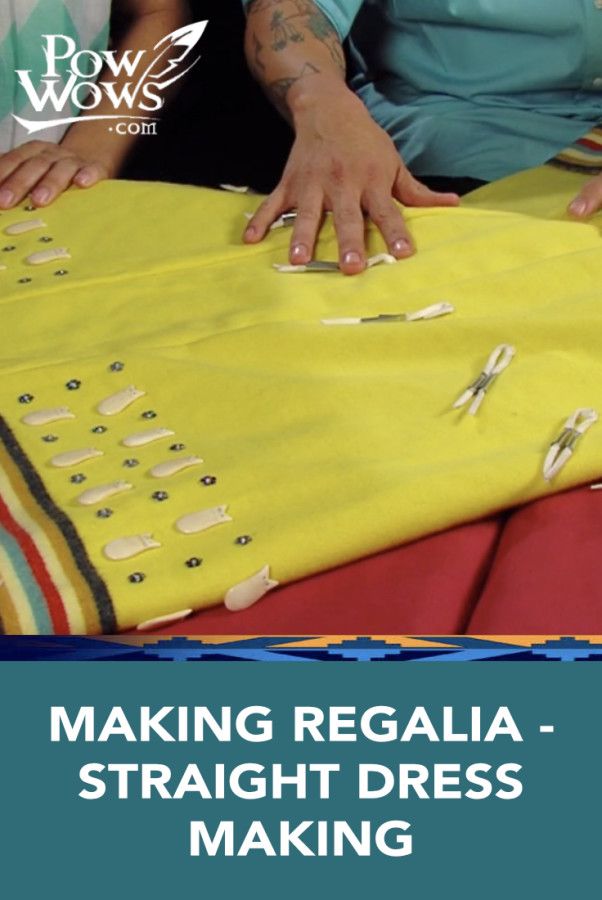 Measure from fingertip to fingertip using a tape measure. Add 2 inches to the total width to allow for seams. Cut a rectangle using that measurement as the width and 32 inches as the depth. Cut a second rectangle of the same size from a contrasting-color fabric.
Measure from fingertip to fingertip using a tape measure. Add 2 inches to the total width to allow for seams. Cut a rectangle using that measurement as the width and 32 inches as the depth. Cut a second rectangle of the same size from a contrasting-color fabric.
Pin the rectangles together, right sides facing in. Sew around all four sides, 1/4 inch in from the edge. Leave a 6-inch opening in the center of one side, back-stitching on both sides of the gap to lock the stitches. Turn the fabric right side out by pulling it through the gap, then press the seams flat.
Cut the 1/8-inch double-sided satin ribbon into 12-inch lengths.
Fasten one end of every ribbon using a glue stick 1/2 inch in from the edge of the shawl. Glue the ribbons about 1/2 inch apart along three sides of the shawl. Leave one long side free of ribbons. This will be the neck area of the shawl.
Pin the 3/4-inch satin ribbon face up around edge of the entire shawl, covering the glued ribbon ends and lining up with the outer edges of the shawl.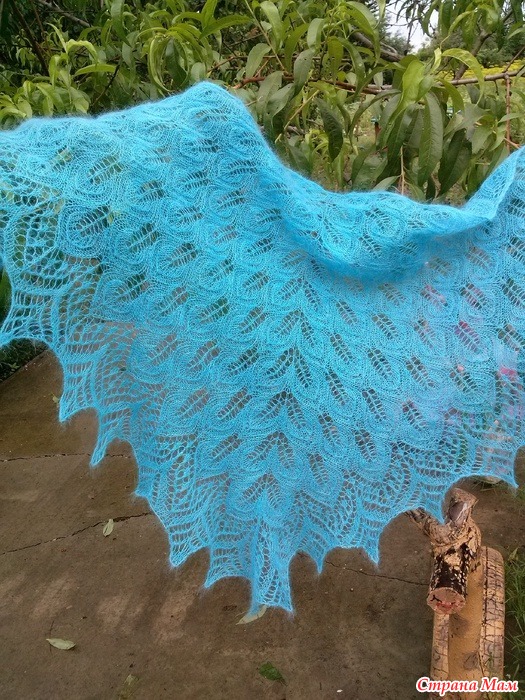
Pin starting at one corner while leaving a 1/4-inch end of ribbon at the end. Miter each corner -- which means to create a beveled edge -- by extending the ribbon about 1/4 inch past the edge; then make a 45-degree diagonal fold in the ribbon at the fabric corner. Pin each miter at the fold.
Join the loose ribbon at the last corner by pinching the inner sides together at the fabric corner, then finger-pressing them flat. Stitch the ribbon together along the fold and trim the ends to 1/4 inch after checking the fold and angle.
Stitch the ribbon to the fabric along both edges of the ribbon. Trim all loose thread ends.
Touch the very end of each fringe ribbon sparingly with an applicator brush of clear nail polish or nail hardener to prevent unraveling. Allow the polish or hardener to dry for about 10 minutes.
About the Author
Sue McCarty, a writer and copy editor since 1994, penned a newspaper humor column for several years.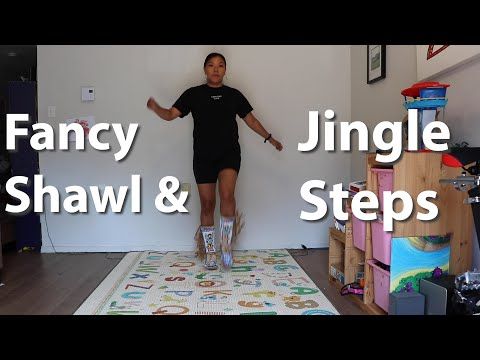 She assisted in her husband's motorcycle shop for 20 years and was also a professional gardener and caterer. While earning her Bachelor of Arts in communications, McCarty began her journalism career at a Pennsylvania daily newspaper.
She assisted in her husband's motorcycle shop for 20 years and was also a professional gardener and caterer. While earning her Bachelor of Arts in communications, McCarty began her journalism career at a Pennsylvania daily newspaper.
Related Articles
do it yourself for belly dancing
Views: 11 224
Belly dance is a beautiful act that not only fascinates, but also takes you to oriental fairy tales, with majestic palaces, fluffy carpets and enchanting music. Dancers with skillful movements of the hips, with a mysterious look and the most beautiful outfit, create these miracles.
Currently, oriental dances have conquered the female half of humanity so much that in dance schools and studios, you can meet representatives of various age categories. We, in our article, will tell you how to make your dance lessons beautiful and charming with the help of a handmade oriental dance scarf.
Openwork loincloth for oriental dances
Hip scarf, for oriental dances, is considered an integral part of the dance costume, without which the image of the dancer will not be complete. A step-by-step description and a diagram will help you cope with the manufacture of an openwork accessory for classes, with your own hands. By the way, a knitted openwork scarf is not only an element of a dance costume, but it can also be added to a woman's wardrobe.
A step-by-step description and a diagram will help you cope with the manufacture of an openwork accessory for classes, with your own hands. By the way, a knitted openwork scarf is not only an element of a dance costume, but it can also be added to a woman's wardrobe.
We knit with our own hands
What could be more beautiful and sweeter than something that is made by one's own hands. Moreover, in independent creative activity there are no restrictions in the flight of fancy and all kinds of inventions. Buying such an accessory is not easy, but knitting it yourself is quite easy and affordable. They will help in the creative embodiment of the accessory: a hook, a diagram and a description for them.
To make an openwork accessory with our own hands, we need:
- Fine cotton yarn - 100 gr.;
- Hook - according to the size of the thread;
- Decor - golden beads;
- Matching threads and fine needle for sewing on beads.
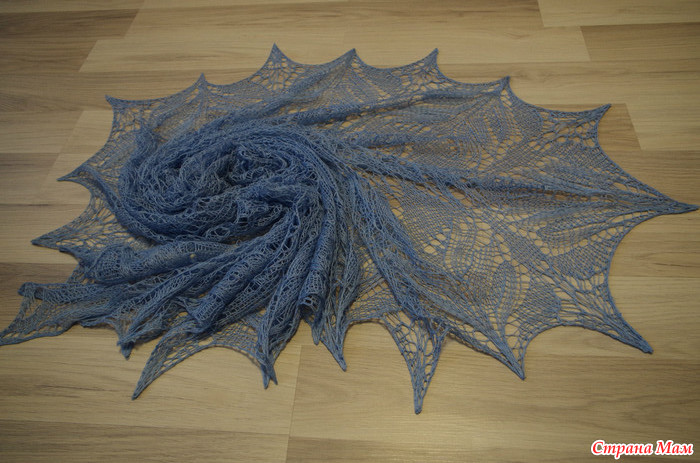
Step-by-step instructions:
Abbreviations:
- VP - air loop;
- runway - air lifting loop;
- RLS - single crochet;
- CCH - double crochet.
There are two ways to knit a thigh triangle, decreasing or adding loops.
In our master class, the description is given in addition, firstly, it is much more convenient to knit in this way, secondly, you can’t go wrong with the size of the finished product, thirdly, the edges look more beautiful.
1 rub.; We collect 3VP and in 1PP we knit 5SN.
2 rubles; 3 runway and in the first loop of the base we knit 4 dc, in total together with the VP, we get 5 dc, sc in 3 dc of the previous row, 5 dc in the last loop of the first row.
3 rubles; 3 runway, 4 dc in the first loop of the base, sc in 3 dc of the previous row, 5 VP, sc in 3 dc of the previous row, 5 dc in the last loop of the second row.
4 rubles; 3 runway, 4 dc in the first loop of the base, sc in 3 dc of the previous row, 5 ch, sc in the arch of the previous row, 5 ch, sc in 3 dc of the previous row, 5 dc in the last loop of the third row.
Next, we knit according to the scheme, do not forget to do 5 dc on the sides to expand the triangle.
We knit until the scarf reaches the desired size, for this it will be necessary to try on several times.
After the product has been knitted to the desired size, it must be tied.
We tie the short sides of the scarf according to scheme No. 2, the long side - No. 3.
Description of tying a scarf according to scheme No. 2
1 rub.; for the basis of the pattern, as well as smoothing the edge of the product, it is necessary to tie the RLS on all three sides of the product.
2 rubles; RLS in the first loop of the previous row, in 4P before. row we knit 7SSN, * in 4P before. RLS row, in 4P before. row we knit 7СН *, repeat from * to * to the end of the row.
3 rubles; CCH in the first loop of the previous row, 3VP in 4P before. row we knit 7SSN, *SSN in RLS before. row, 3VP in 4P before. row we knit RLS, 3VP *, repeat from 8 to * to the end of the row.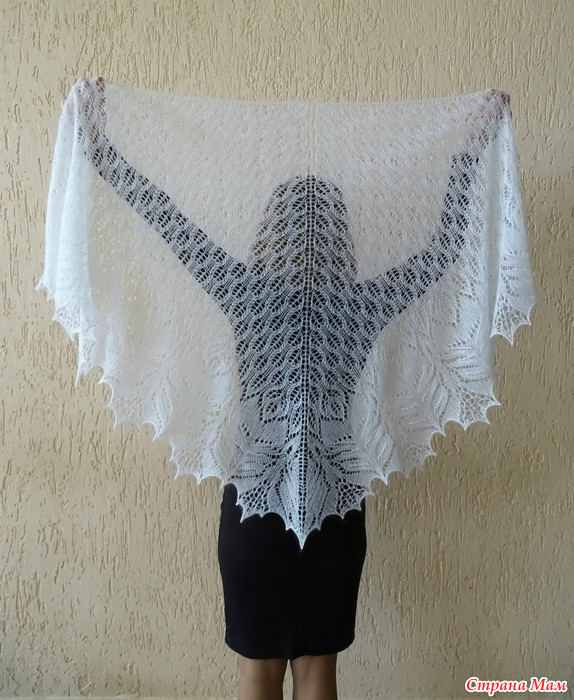
Description of tying a scarf according to scheme No. 3
1 rub.; knit completely RLS.
2 rubles; 2VP, in the second column from the beginning of the row we knit * RLS, 3VP, RLS, skip one loop before. row *, then knit from * to * to the end of the row.
The pattern will be dense, but beautiful, the binding is necessary so that the thread of the product does not stretch or deform.
Sew beads around the edges of the loincloth for decoration.
Belly dance scarf
Consider the shape of belly dance scarves.
Square scarf
The classic standard scarf is made of chiffon and has the following parameters:
- Width -1.10 cm;
- Length - 2.20 cm.
For dancing, you can sew a hip accessory according to your own taste and preference. The parameters of the product can vary from 2 to 3 meters in length and from 0.8 to 1.5 meters in width, depending on height, dance style and arm span.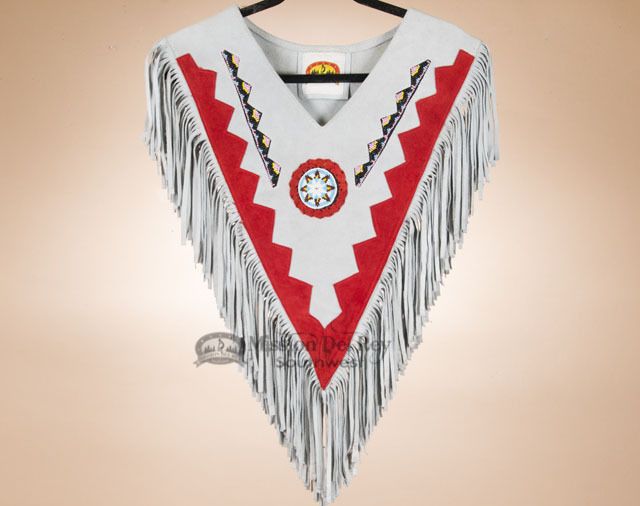 Keep in mind that a short accessory will not allow free movement of the arms, so the length of the fabric should be 25 cm longer than the span of the arms on each side.
Keep in mind that a short accessory will not allow free movement of the arms, so the length of the fabric should be 25 cm longer than the span of the arms on each side.
For a dance where the fabric is wrapped around the neck, its length must be at least 3 meters.
Scarf with wings
Dance accessory - in scope resembles butterfly wings. In fact, this is a classic rectangle, cut in half, but not completely. “Wings” are also sewn from two squares 1.10x1.10 cm, the corners of which are fastened together with jumpers made of beads or braid. The upper corners of the wings are attached to the back of the neck accessory.
For ease of dancing, the lower edges of the wings, which hang freely, are rounded off. The squares themselves can be changed in size, at your own discretion.
Semicircular scarf
Half round accessory, this classic rounded rectangle. Moreover, the corners are rounded only on both sides along the length. How much to round the corners depends on personal preference.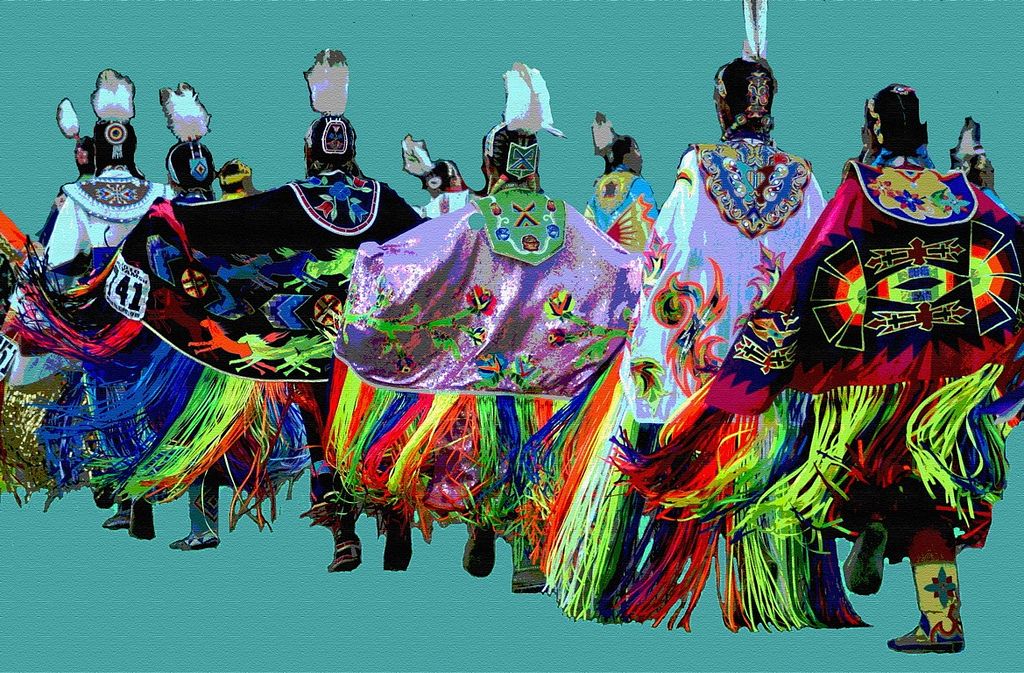
A handkerchief with rounded corners is in great demand in various shows, for the convenience of its use, the fabric is attached to the bracelets not on the hands.
Round scarf
The name itself speaks for itself. The product has the shape of a circle, which has a radius of 2.20 cm. A round accessory is cut in half and wings are made from it. And if you increase the diameter of the fabric and insert sticks along the edges, then the scarf turns not only into beautiful butterfly wings, but with such additions it is very convenient to dance.
For ease in dancing, attach the fabric to the "collar", and add, if necessary, bracelets.
Tube scarf
Trumpet scarf, unusual belly dance accessory. It is usually used for show programs and for dances with specific movements. The sections of the scarf are trimmed, as a rule, feather boas.
To make such an accessory, you need to take chiffon, crepe de chine or silk, a fabric that will easily fly and flow beautifully during rest.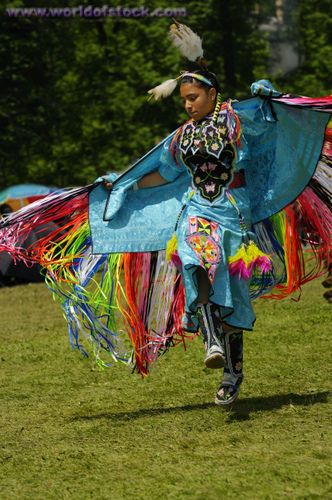 It must be at least 4 meters long and 1.5 meters wide.
It must be at least 4 meters long and 1.5 meters wide.
For a trumpet scarf, the fabric must be sewn along the entire length, the short sides should be left unsewn. Finish the edges of the fabric with an overlocker or a zigzag machine.
For decoration use: sequins, beads, coins.
Handkerchief with chopsticks
This accessory is based on the semi-circular version. On the straight side of the material, special sticks are sewn on both sides. For beauty, the sticks must be wrapped with a cloth and stitched on a typewriter. The length of this product varies depending on the desired length of the sticks.
Corrugated fabric will look very impressive in this version. Wing flaps, turns and rotations will look very beautiful and typical for this accessory.
Related videos:
Belly Dance Scarf
The scarf or shawl is always associated with the Orient and is an important part of the belly dance costume.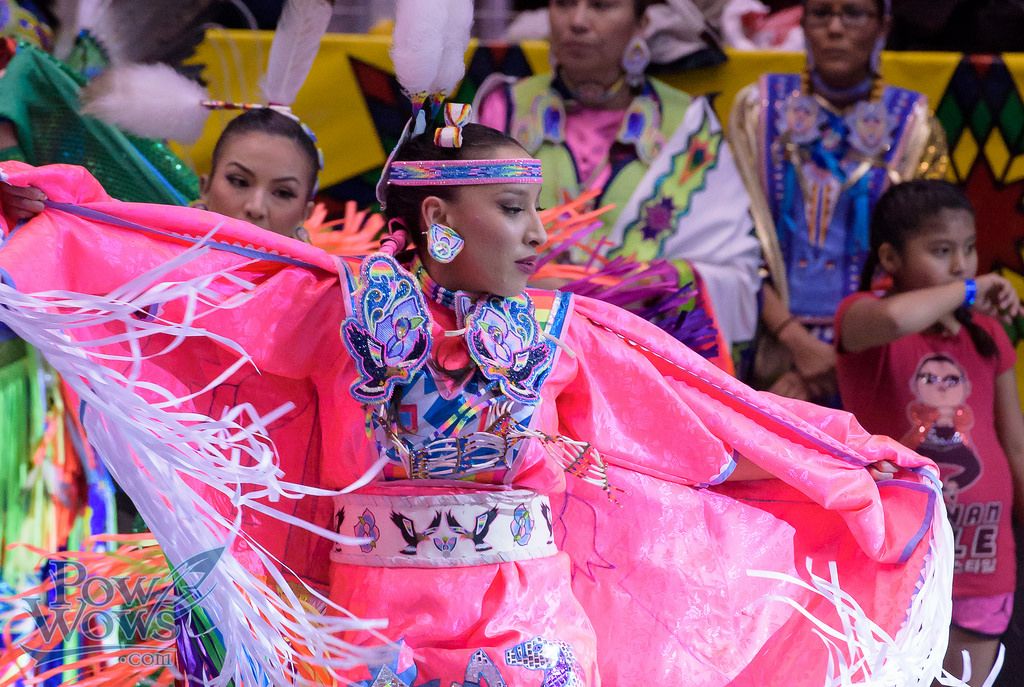 The rectangular shawl is the most common because it is the easiest to dance with and offers the most varied set of moves. But there are scarves of a different shape - triangular, round, semicircular. Butterfly shawls are also quite impressive - full-length shawls made from pleated lamé or transparent organza .. They are gaining more and more popularity among belly dancers. In the dance, even two shawls of contrasting or complementary colors can be used at the same time.
The rectangular shawl is the most common because it is the easiest to dance with and offers the most varied set of moves. But there are scarves of a different shape - triangular, round, semicircular. Butterfly shawls are also quite impressive - full-length shawls made from pleated lamé or transparent organza .. They are gaining more and more popularity among belly dancers. In the dance, even two shawls of contrasting or complementary colors can be used at the same time.
Rectangular scarf
The scarf can be made of light and transparent chiffon, matching one of the colors of the suit.
It is convenient to calculate the length of the rectangular scarf as follows: you need to measure the arm span and add 40 cm to this length. The length of the scarf can be from two to three or more meters, depending on the style of dance. It should be remembered that it is more difficult to work with a very long scarf. The optimal width of the scarf is no more than one meter, otherwise it will interfere with movements.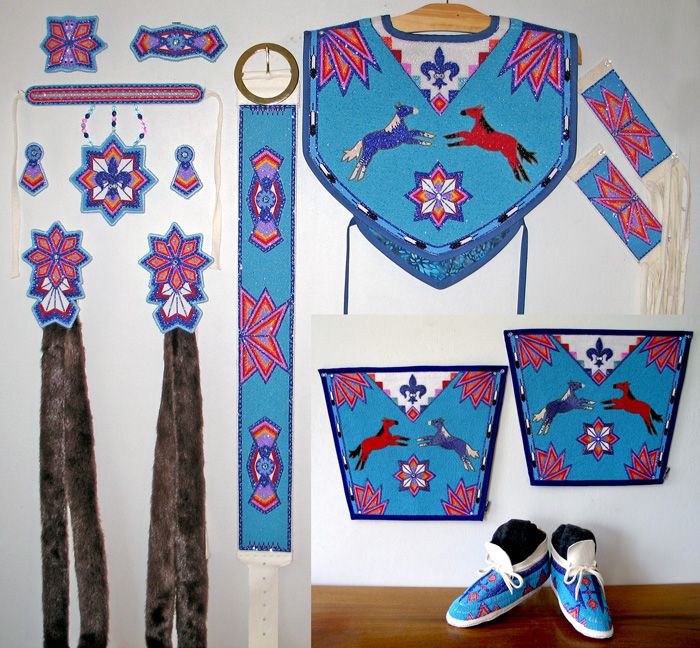
Semi-circular scarf
To make a semi-circular scarf, it is better to take a fabric with a length of at least 2.2 m and a width of at least 1.1 m. In fact, such a scarf is a rectangle with two rounded corners on the long side. You can choose the "degree of rounding" yourself.
A scarf with wings
A scarf with wings is a rectangle 2-2.5 x 1 m, cut in half almost to the very end, or two squares with a side of 1 m, interconnected by corners or small jumpers made of beads, ribbons etc. Very often, the wings are attached to the "collar" - a strip of fabric fastened around the neck. The collar clasp is on the front. The fastener button is usually made so that it can be easily and quickly unfastened during the dance. As a rule, this accessory is decorated, just like the bodice and belt.
Chopsticks
Chopsticks most often have two rounded corners on the long side. Two sticks are sewn on the opposite side, wrapping them with a scarf so that they are invisible.
A handkerchief with sticks can also be made from two wings that are attached to the “collar”. The pattern of each wing is a quarter of a circle with a radius of 75 cm and a rectangular panel of fabric 69 cm wide, which is sewn around the circumference to a quarter of the circle. A strong, inflexible stick 70 cm long is inserted into each wing on one side.
To make dancing more comfortable, the scarf corners can be attached to the bracelets.
Round handkerchief
Round handkerchief is a circle with a diameter of approximately 2.2 m, cut strictly along the radius. A round scarf can be made with wings, cut in half, and with sticks - increasing the diameter accordingly. The corrugated version of the round scarf looks very impressive. The most characteristic and beautiful movements with this accessory are rotations, turns and, of course, flapping wings .
Tube scarf
To make this scarf, you need to take a fabric 3-4 m long and 1-1.
